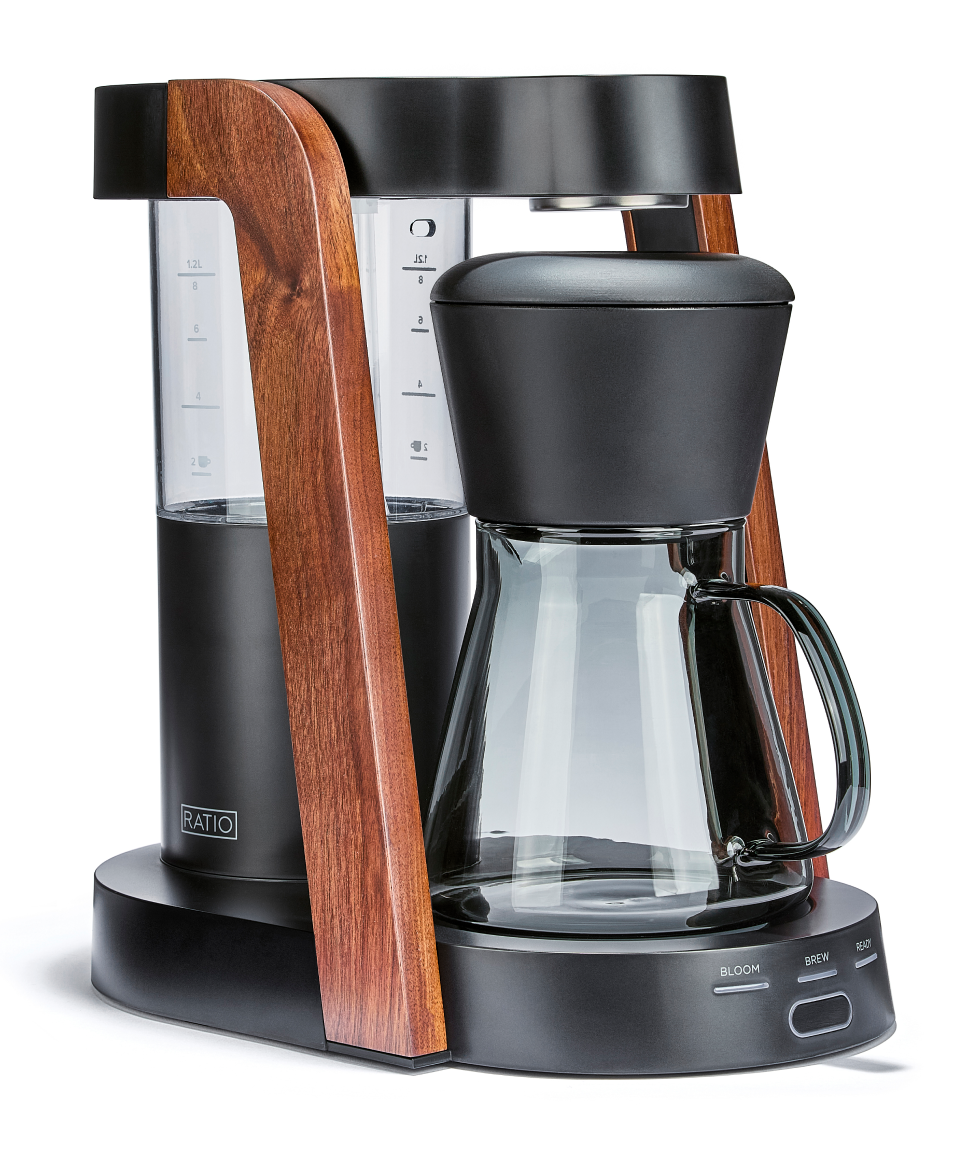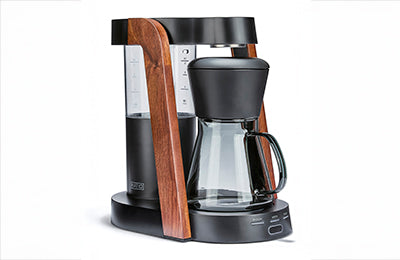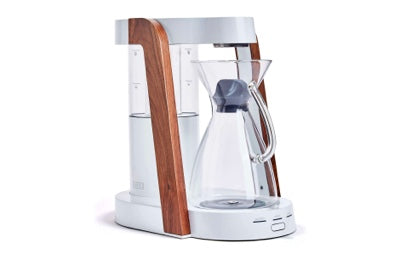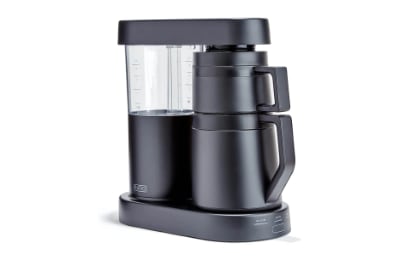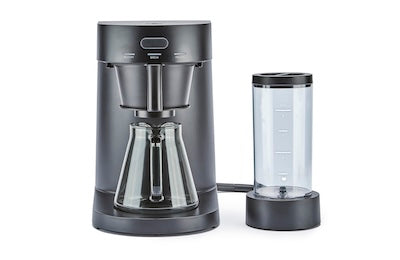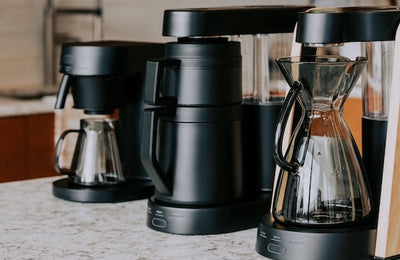You've Been Ignoring One of the Most Important Brewing Steps
In the world of coffee brewing, certain steps get all the attention. Grind size. Water temperature. Ratios. Pouring technique. But there’s one step that quietly holds everything together — and it’s the one many home brewers skip or breeze past: the bloom.
If you’ve heard of it but never really understood why it matters, or if you’ve been skipping it altogether thinking it’s optional, it’s time to reconsider. The bloom isn’t just an extra step — it’s a foundational part of great coffee.
What Is the Bloom?
The bloom refers to the initial phase of brewing where hot water first meets coffee grounds. When this happens, it triggers the release of carbon dioxide (CO₂) — a natural byproduct of the roasting process that gets trapped inside the beans.
When coffee is fresh, there’s still a lot of CO₂ inside the grounds. If you skip the bloom or rush it, trapped gas interferes with water flow and extraction. This leads to a cup that tastes sharp, sour, or unbalanced.
The bloom helps "degas" the coffee, making room for even, full extraction when you continue pouring. It’s the prelude to a more consistent and flavorful brew.
Why Skipping the Bloom Hurts Your Coffee
When you pour water directly onto fresh grounds and skip the bloom phase:
-
CO₂ interferes with water contact, causing uneven saturation
-
Channeling occurs, where water avoids certain grounds and overworks others
-
The extraction timeline gets disrupted, pulling out bright acids but missing sweetness and depth
The result? A cup that tastes hollow, overly acidic, or flat. And no matter how great your beans are, the bloom mistake will show.

How Long Should a Bloom Last?
Typically, 30–45 seconds is the sweet spot. During this time, you’re just wetting the grounds — not brewing fully yet. Here's a quick guideline:
-
Light roast, fresh beans: Up to 45 seconds
-
Dark roast or older beans: 25–30 seconds may be sufficient
Watch the surface of the bed. If you see bubbling and rising, that’s CO₂ escaping. Once the bloom starts to settle, you’re ready for the main pour.
The Right Way to Bloom Your Coffee
-
Weigh your coffee: Start with your usual dose — e.g., 20g
-
Boil your water: Let it cool slightly to ~200°F (93°C)
-
Pour 2–3x the coffee weight: For 20g of coffee, use 40–60g of water
-
Evenly saturate all grounds: Use a slow spiral or gentle center pour
-
Wait 30–45 seconds: Observe the bubbling and let it settle
This pause in brewing gives your coffee time to degas and settle into a uniform bed for even extraction.
How Blooming Affects Flavor
You may not think 30 seconds makes a huge difference, but it does. Here’s how it changes what you taste:
-
With a proper bloom: Balanced acidity, sweetness, and clarity
-
Without a bloom: Sharp, sour notes and inconsistent texture
In short, blooming ensures that your next steps actually work the way they’re supposed to. Without it, you’re already off course.
Blooming in Different Brew Methods
The bloom is important in most manual methods, but especially critical in:
-
Pour-over (V60, Chemex, Kalita): The blooming phase defines the bed structure and controls how evenly water will flow
-
French press: A quick bloom helps reduce trapped gas, leading to a cleaner press and better texture
-
AeroPress: Letting the coffee bloom before stirring creates more clarity in short brews
In immersion brewers, the bloom phase blends into the steeping process, but it's still important.
What About Automatic Brewers?
Not all machines are built to handle the bloom — but some are.
This means your coffee gets that critical degassing period automatically, even if you’re not timing it by hand. It’s a small feature with a big impact on consistency and flavor.
For machines without bloom support, you can still replicate the effect by briefly pausing the cycle or pre-infusing the grounds manually.
Blooming as Ritual, Not Just Technique
Beyond the science, the bloom is a moment of quiet intention. It’s the space between starting and finishing — a pause where you observe, wait, and prepare. In a world where everything moves fast, this 30-second ritual can anchor your brew and sharpen your attention.
Learning to observe the bloom is also how you learn more about your beans. The more bubbling and rising you see, the fresher the coffee. Beans that barely bloom might be older than they seem.
The bloom turns your brewing into something active and mindful — not just mechanical.
Why This One Step Holds Everything Together
Brewing coffee is a sum of small decisions. The bloom is the one that unlocks all the others. It sets the stage for even extraction, better flavor, and greater consistency.
Ignore it, and even great technique can’t save your cup. Embrace it, and everything else you’ve worked on — the grind, the pour, the timing — gets a fair shot at success.
Don’t let 30 seconds be the reason your coffee underdelivers.
Frequently Asked Questions
What is blooming in coffee?
Blooming is the initial phase where you pre-wet the coffee grounds and allow carbon dioxide to escape before continuing the brew.
Can I skip the bloom if I’m in a rush?
You can — but your coffee will likely taste flatter, more sour, or inconsistent. It’s a quick step that makes a big difference.
Does blooming matter for pre-ground coffee?
Less so, but still worth doing. Pre-ground coffee has already degassed somewhat, but blooming can still help with even saturation.
How do I know if my coffee is blooming properly?
Watch for bubbling and swelling. More bubbles typically indicate fresher beans.
 Ratio Eight S2
Ratio Eight S2
 Ratio Eight Original
Ratio Eight Original
 Ratio Six
Ratio Six
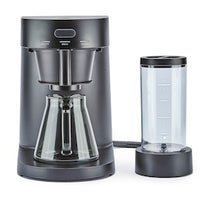 Ratio Four
Ratio Four
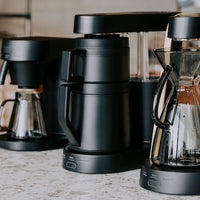 Compare Machines
Compare Machines
